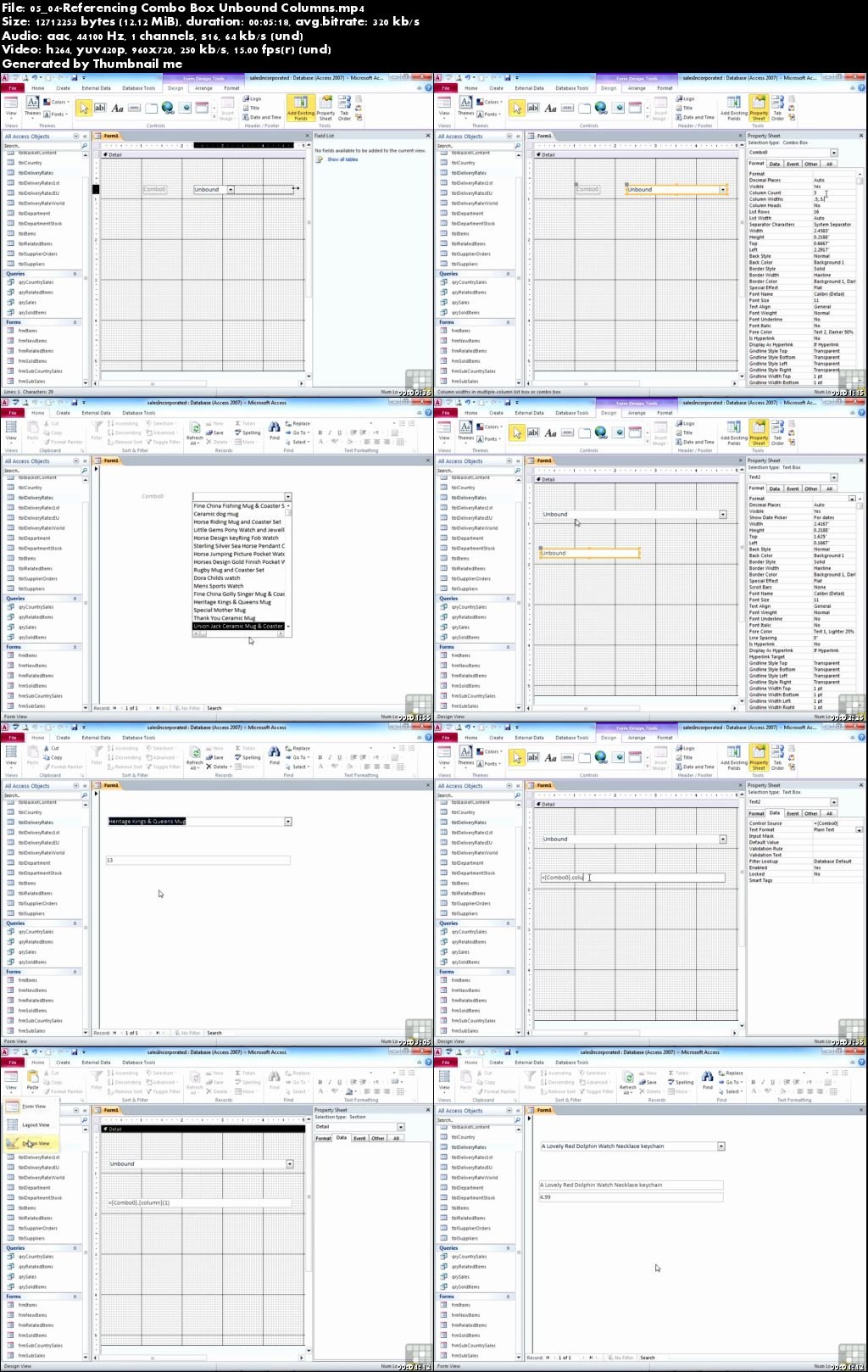

The main purpose of macros is to have more work done in less time. Technically, there is a distinction: a macro is a piece of code while Visual Basic for Applications (VBA) is the programming language created by Microsoft to write macros.

Quite often, you may hear people referring to a "macro" as "VBA". Skilled VBA developers can write really sophisticated macros that go well beyond reducing the number of keystrokes. Typically, macros are used to automate repetitive tasks and daily routines. Running a macro executes the commands it contains. Once created, macros can be re-used anytime. You can think of it as a small program to perform a predefined sequence of actions.

However, this does not mean you cannot take advantage of the automation power of Excel macros right away. Indeed, it may take months or even years of training to master VBA. You will find how to record a macro and insert VBA code in Excel, copy macros from one workbook to another, enable and disable them, view the code, make changes, and a lot more.įor Excel newbies, the concept of macros often looks insurmountable. This tutorial will set you on your way to learning Excel macros.


 0 kommentar(er)
0 kommentar(er)
